‘Onna bugeisha’, Samurai Women
These female warriors, trained in the use of swords and spears, ensured the protection of several clans during the feudal period.
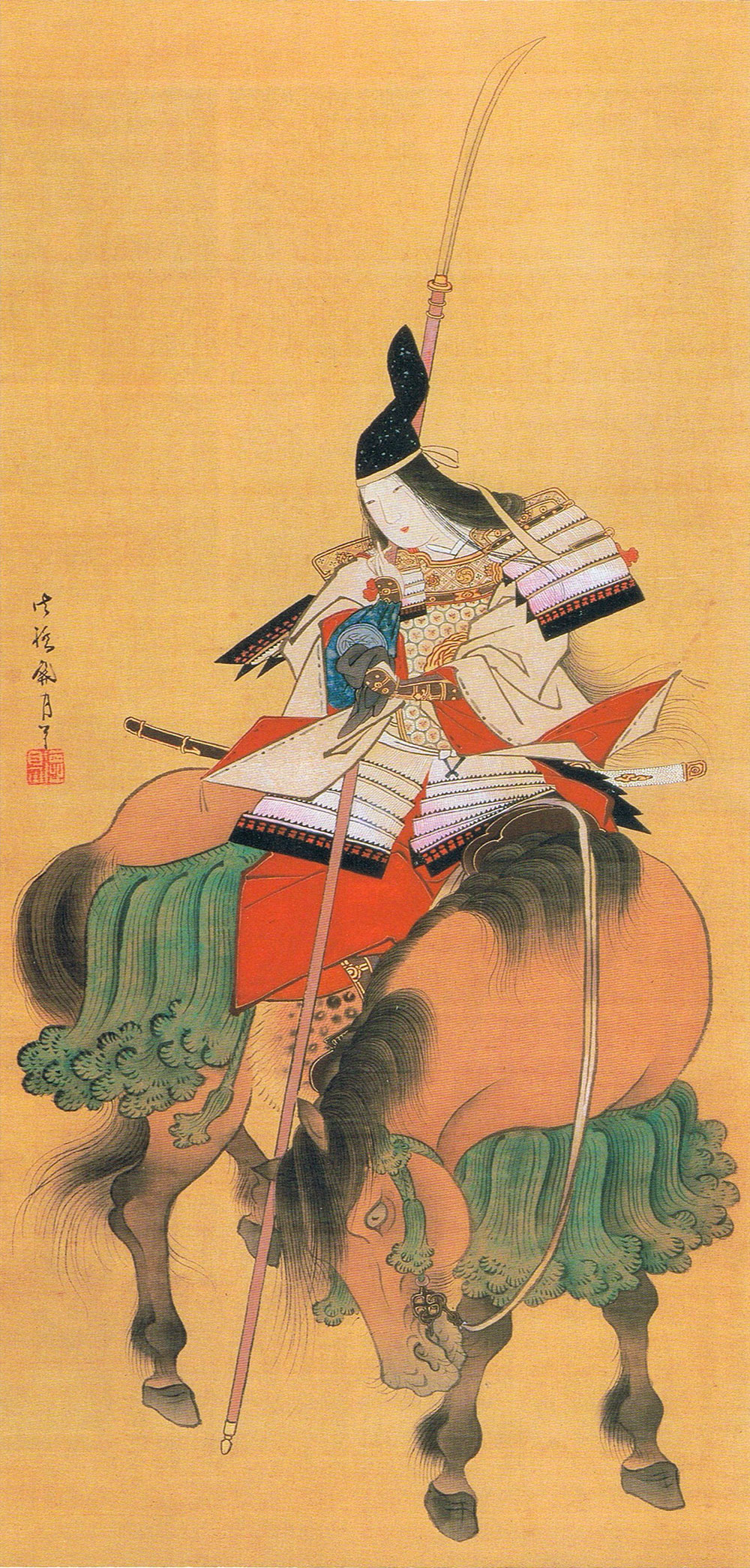
Tomoe Gozen © Public Domain
When imagining the members of the Japanese warrior class that ruled Japan for almost 700 years, male characteristics are inevitably pictured: bodies protected by heavy armour, sword in hand. No female presence comes to mind. Art perpetuates this lack of representation, with the women around samurai often relegated to the position of housewives draped in kimono.
Samurai women did in fact exist, however, as members of the bushi class, half-warriors and half-nobles, named onna bugeisha, but the literature about them is so sparse that it can sometimes be difficult to establish what is myth and what is reality. A first example is Empress Jingu, who led an invasion of Korea in around 200 after her husband Emperor Chuai was killed in battle. The invasion was successful, and is recounted in legends as a bloodless conquest. Empress Jingu was the first woman to be featured on a Japanese banknote, in 1881.
The golden age of the Kamakura period
However, it was during the Kamakura period (1185-1333), which marked the beginning of the age of warriors, that onna bugeisha played the biggest role in the armies in clan wars in Japan. Tomoe Gozen was among them, considered the best representation of a female warrior. The wife of a general in the Minamoto clan, her exploits saw her be named captain of her troops, a first for women.
Her prowess is praised in The Tale of the Heike: ‘She was a remarkably strong archer, and as a swordswoman she was a warrior worth a thousand, ready to confront a demon or a god, mounted or on foot.’ She also ‘handled unbroken horses with superb skill; she rode unscathed down perilous descents. Whenever a battle was imminent, Yoshinaka sent her out as his first captain, equipped with strong armour, an oversized sword, and a mighty bow; and she performed more deeds of valour than any of his other warriors.’ The figure of Tomoe Gozen continues to be a source of fascination, with her life having been adapted for the theatre in a play staged in 2013 at the Meiji-za theatre entitled Tomoe Gozen – Legend of the Female Warrior.
The Edo period (1603-1868) marked both the return of a more rigorous attitude concerning women, who no longer had the right to travel alone in Japan, and also, in the later years, the fall of the samurai class. The onna bugeisha thus became more scarce, although the exploits of Tsuruhime Ohiri received great attention. Having been trained to fight, she participated in the Battle of Aizu in 1868 after the death of her father and brother, commanding an exclusively female unit.
While it is still difficult to know whether these samurai women had much room for manoeuvre, as it appears that they tended to take up arms following the death of their husband or father, they remain figures of fascination, as evidenced for example by Hayao Miyazaki’s heroine Princess Mononoke.
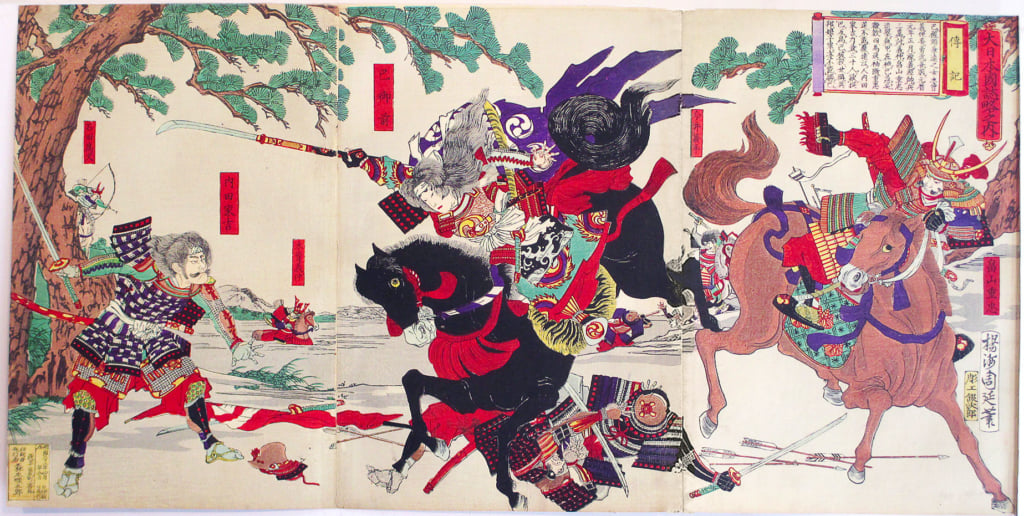
© Yōshū Chikanobu Tomoe Gozen - Public Domain
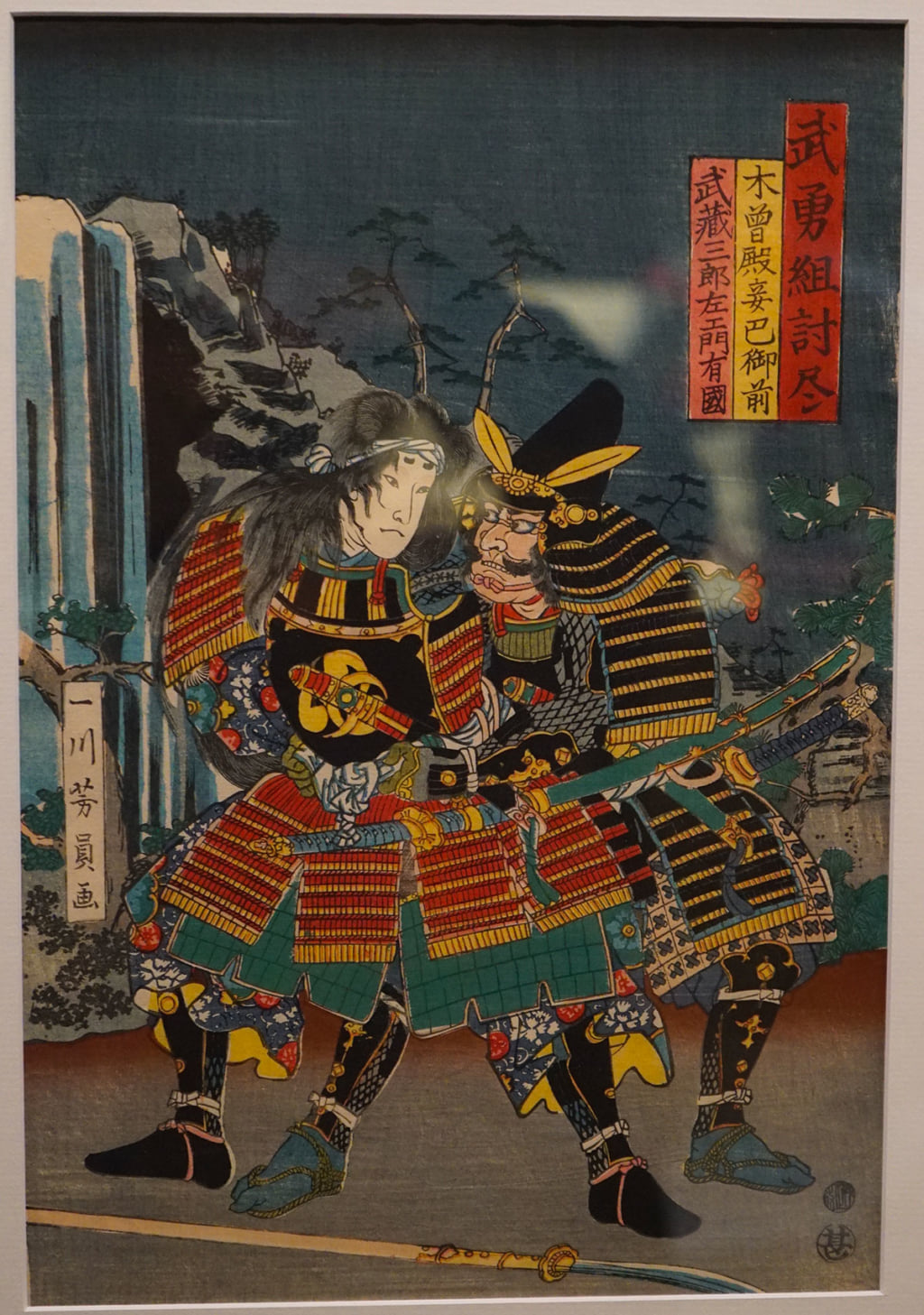
Tomoe Gozen © Public Domain
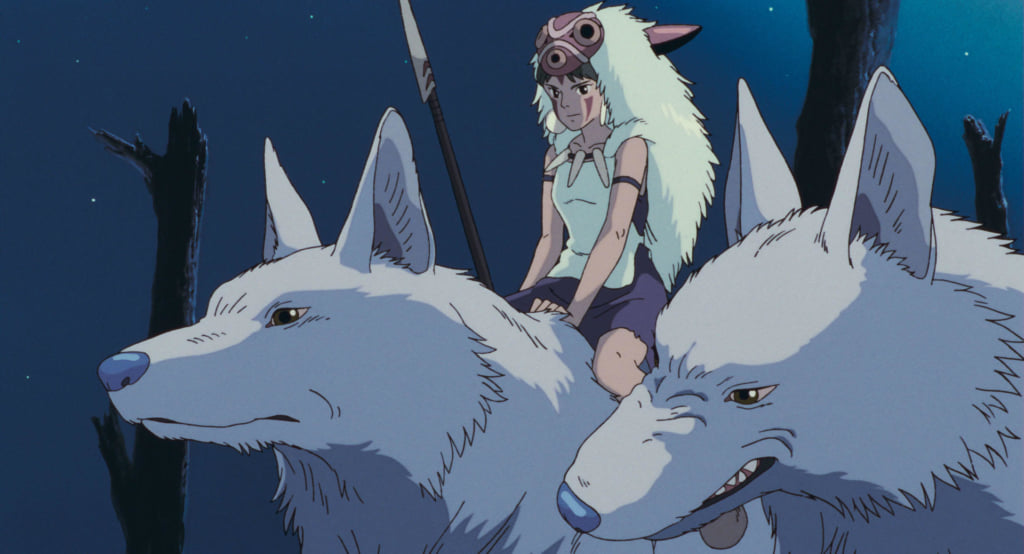
'Princesse Mononoke' © Studio Ghibli, all rights reserved
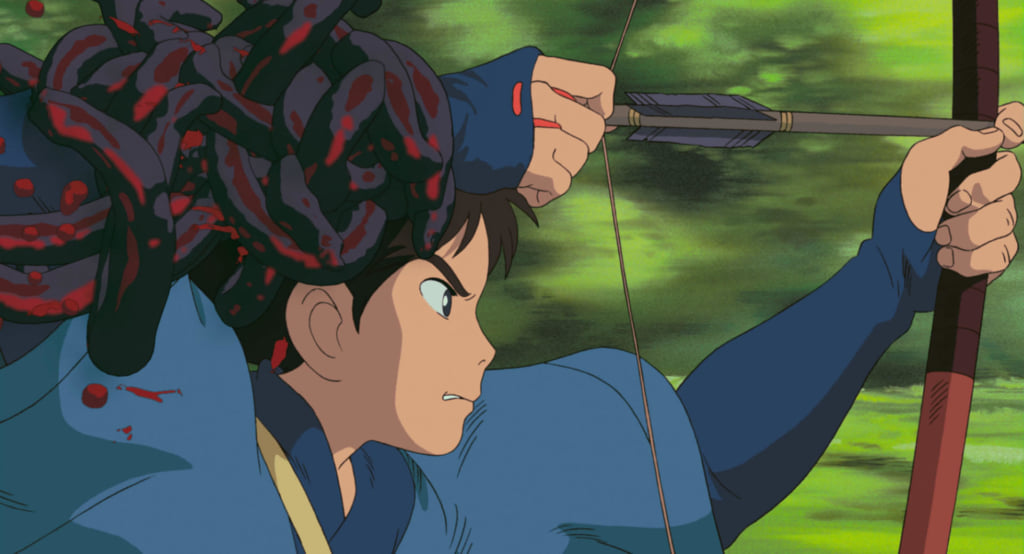
'Princesse Mononoke' © Studio Ghibli, all rights reserved
TRENDING
-
A House from the Taisho Era Reveals Its Secrets
While visiting an abandoned building, Hamish Campbell discovered photographs the owner had taken of the place in the 1920s.

-
The Taboo-Breaking Erotica of Toshio Saeki
The master of the 1970s Japanese avant-garde reimagined his most iconic artworks for a limited box set with silkscreen artist Fumie Taniyama.

-
With Meisa Fujishiro, Tokyo's Nudes Stand Tall
In the series 'Sketches of Tokyo', the photographer revisits the genre by bringing it face to face with the capital's architecture.

-
Masahisa Fukase's Family Portraits
In his series ‘Family’, the photographer compiles surprising photos in which he questions death, the inescapable.

-
Hajime Sorayama's Futuristic Eroticism
The illustrator is the pioneer for a form of hyperrealism that combines sensuality and technology and depicts sexualised robots.





